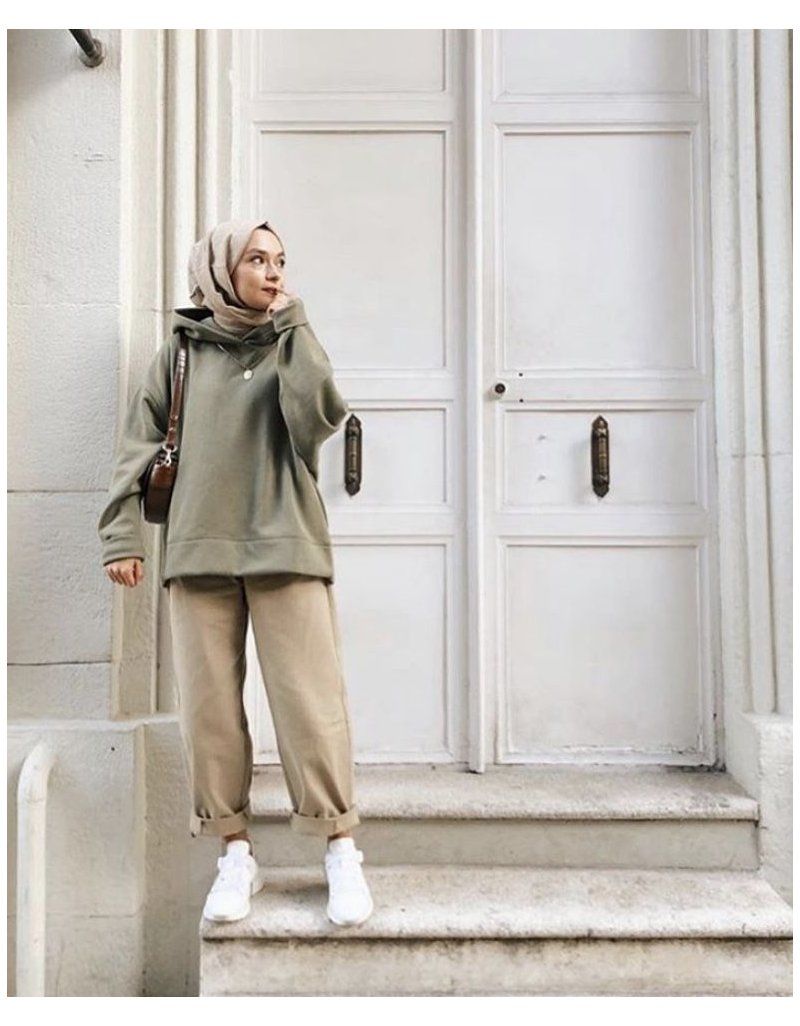Is a simple garment a symbol, a target, or a testament to resilience? The pink hoodie and the hijab, seemingly innocuous pieces of clothing, have become entangled in a web of narratives, triggering conversations about identity, faith, and violence across the globe.
The digital age has amplified the reach of images and videos, transforming everyday occurrences into viral sensations. A photograph of a woman in a pink hoodie, another in a black hijab, circulates online, sparking debates about identity and misrepresentation. A video captures an altercation, a pink hoodie and a hijab present, igniting discussions about conflict and prejudice. These visual fragments, dispersed across social media platforms, invite scrutiny and prompt a deeper examination of the context surrounding them.
| Subject | Details |
|---|---|
| Key Elements | Pink Hoodie, Hijab |
| Contextual Associations | Fashion, Identity, Conflict, Misrepresentation |
| Notable Incidents | Viral Photos (RJ Sayema Rahman misidentification), Physical Altercations (Canadian School Assault), Online Discussions (TikTok videos) |
| Themes Explored | Religious Identity, Gender, Cultural Expression, Hate Speech, Bullying, Misinformation |
| Relevant Keywords | Pink Hoodie, Hijab, Fight, Assault, Viral, Social Media, Identity, Muslim, Jewish, Anti-Semitism |
| Potential Issues | Misidentification, Spread of Misinformation, Incitement of Hatred, Online Bullying, Misrepresentation of Complex Issues, Physical Violence, Social Division |
| Geographic Locations | Karnataka, India, Fredericton, Canada, Global |
| Social Platforms | TikTok, Twitter, Instagram, Facebook |
| Fashion and Retail | Oversized Hoodies, Joggers, Crossbody Bags, Hijab Styles (Muted Pink, etc.) |
| Authentic Reference | Gymshark Hijab - Muted Pink (Example of product) |
The fusion of the pink hoodie and the hijab is more than a fashion statement. It can be a powerful symbol of self-expression, particularly for young Muslim women navigating a complex world. The hijab, a head covering worn by many Muslim women, often embodies religious identity and personal choice. Paired with a pink hoodie, a casual and accessible garment, it represents a blend of tradition and contemporary style, a way for individuals to express their faith while embracing modern trends.
However, this combination also becomes a focal point for external scrutiny, sometimes attracting unwanted attention. News reports and social media posts highlight instances where the pink hoodie and hijab are associated with conflict or misidentification. In some instances, the garments become targets of violence. One such incident involved a teenage girl in a New Brunswick high school, where a video captured an alleged assault. The attacker, identified as a Muslim student, was wearing a pink hoodie, further complicating the narrative.
The viral spread of images and videos also presents challenges. The dissemination of photos, like those incorrectly attributed to Muskan Khan, can lead to the spread of misinformation and the misrepresentation of individuals and communities. It underscores the need for critical thinking and media literacy when engaging with online content. The ease with which information, or misinformation, can be shared necessitates careful evaluation of sources and the context surrounding the images.
The fashion industry embraces the aesthetic, with retailers offering pink hoodies and hijabs, catering to a demand for modest wear that is both stylish and affordable. These commercial ventures highlight the intersection of personal style, religious observance, and consumer culture, adding a new dimension to the discussion. Fashion choices become a point of convergence and divergence, reflecting the diverse perspectives and experiences within the Muslim community.
The incidents involving the pink hoodie and hijab also highlight the rise of antisemitism. The assault on the Israeli-Canadian teen underscores the vulnerability of religious and cultural minorities to hate crimes and prejudice. Such incidents require the condemnation of violence and a commitment to fostering understanding and respect for all members of society.
The discussion transcends the boundaries of fashion and aesthetics. It delves into profound questions of identity, belonging, and the challenges faced by individuals and communities in an increasingly polarized world. The pink hoodie and hijab become touchstones for examining the complex interplay between personal expression, religious identity, and social realities.
The online discussion is not without its pitfalls. The potential for misrepresentation, the spread of misinformation, and the incitement of hatred are constant risks. Social media platforms, while providing a space for dialogue, can also amplify extremist viewpoints and exacerbate societal divisions. Careful consideration of the source, context, and intended message of shared content is of paramount importance.
The events call for a response that goes beyond simply documenting incidents. It requires fostering dialogue and promoting understanding between different communities. Educational initiatives that raise awareness of religious and cultural diversity, promote critical thinking, and challenge stereotypes can play a crucial role in creating a more inclusive society. Empathy, respect, and a willingness to engage in open and honest conversations are essential for navigating the complexities of identity and cultural difference.
The intersection of the pink hoodie and the hijab serves as a reminder that the way we perceive the world is influenced by the symbols we encounter, the stories we hear, and the images we consume. Approaching these visual and narrative elements with care and insight is crucial for avoiding the spread of misinformation, combating prejudice, and fostering a culture of respect.
The pink hoodie and the hijab become more than just items of clothing. They become powerful symbols that reflect individual identities and societal struggles. They embody the ongoing conversation about religious freedom, cultural expression, and the pursuit of a more just and inclusive world. Navigating this conversation demands both critical thinking and a deep respect for the lived experiences of others.
It is through such nuanced and informed discussions, that we may better understand the forces at play and work towards a future where diversity is celebrated, and every individual can feel safe and respected.

